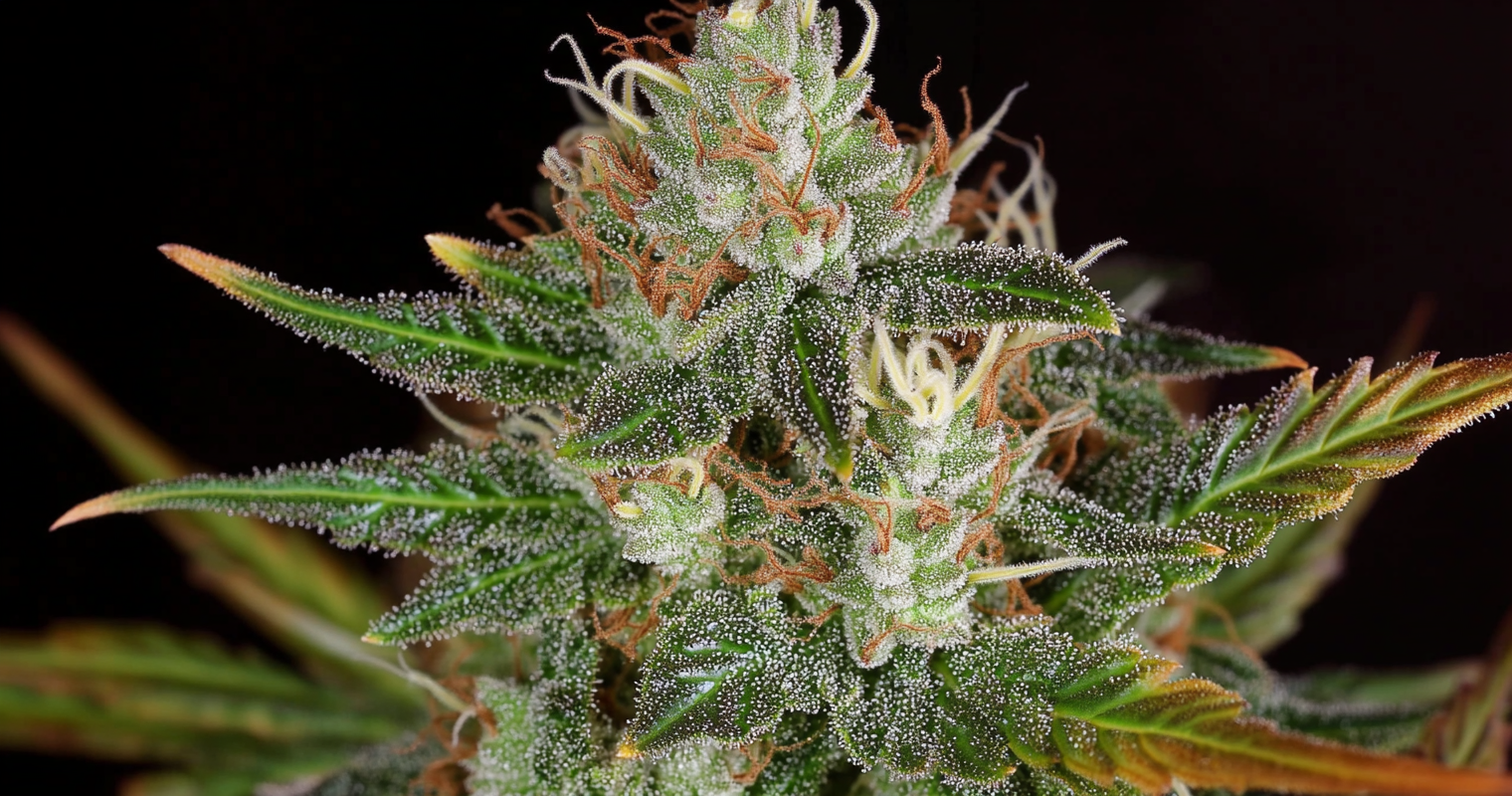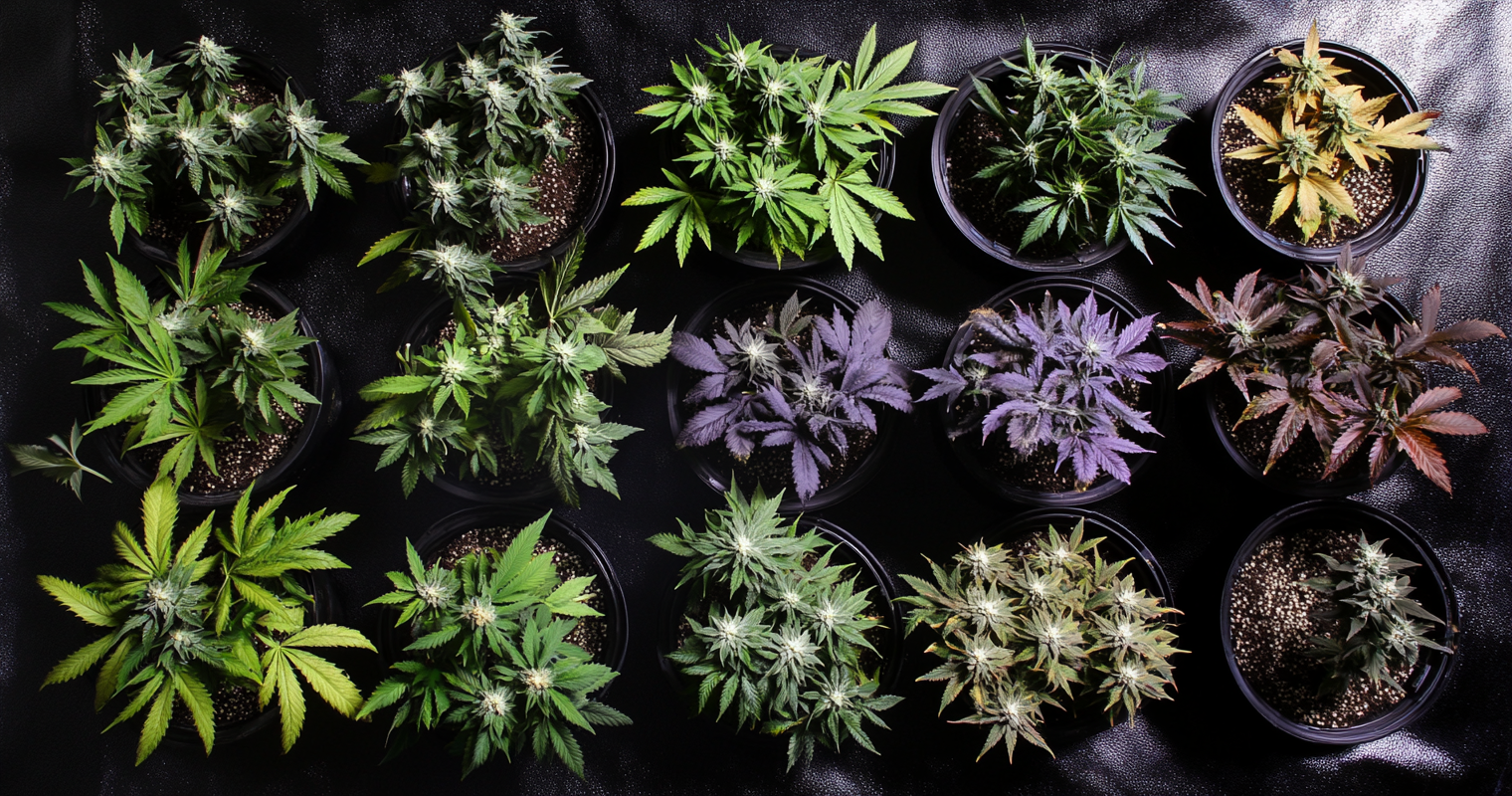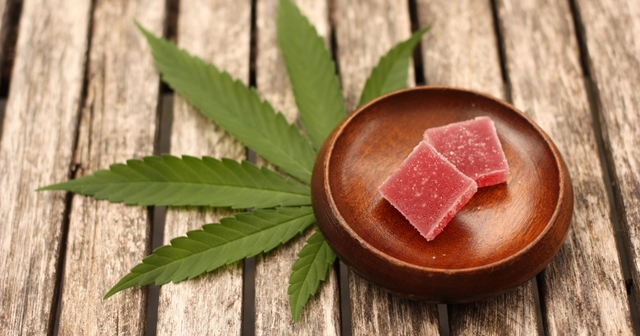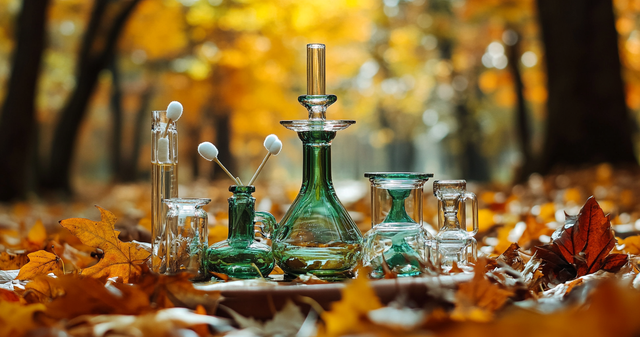Cannabis Plant Anatomy: Understanding the Structure of Cannabis
Dive into the fascinating world of cannabis plant anatomy. Discover the key structures that make this plant unique and learn how they contribute to its growth and potency.
Unveiling the Secrets of Cannabis Plant Anatomy
Cannabis is a fascinating plant with a complex structure that contributes to its unique properties and effects. Understanding cannabis plant anatomy is crucial for cultivators, enthusiasts, and consumers alike. In this comprehensive guide, we'll explore the key components of the cannabis plant, from its roots to its prized flowers.
The Foundation: Roots and Stem
The journey of a cannabis plant begins underground with its root system. These intricate networks of fibers are responsible for anchoring the plant and absorbing water and nutrients from the soil. A healthy root system is essential for the overall well-being of the plant.
Rising from the roots is the stem, the plant's central support structure. The stem transports water and nutrients from the roots to other parts of the plant while providing stability. As the plant matures, the stem develops a woody texture, especially in larger, outdoor-grown plants.
The Solar Panels: Fan Leaves
Perhaps the most recognizable feature of the cannabis plant is its iconic fan leaves. These large, multi-fingered leaves serve as the plant's primary photosynthesis organs, converting light into energy. Fan leaves also play a crucial role in transpiration, helping the plant regulate its temperature and water content.
The Powerhouses: Sugar Leaves and Nodes
Smaller than fan leaves, sugar leaves are found closer to the flowers and are often covered in trichomes. These leaves got their name from the sugary appearance of the resin-producing trichomes. Nodes, the points where branches grow from the main stem, are critical areas of growth. It's at these nodes that you'll find pre-flowers, which indicate the plant's sex.
The Crown Jewels: Flowers (Buds)
The flowers, or buds, are the most prized part of the cannabis plant. In female plants, these dense clusters of small leaves and pistils are where the majority of cannabinoids and terpenes are produced. The structure of cannabis buds includes:
- Calyxes: The small, teardrop-shaped structures that make up the bulk of the bud.
- Pistils: The hair-like strands that start white and turn orange or red as the plant matures.
- Trichomes: Tiny, crystal-like glands that produce and contain the plant's cannabinoids and terpenes.
The Microscopic Marvels: Trichomes
Trichomes are the tiny, mushroom-shaped glands that cover the surface of cannabis flowers and sugar leaves. These structures are responsible for producing and storing the plant's cannabinoids (like THC and CBD) and terpenes. The concentration and composition of trichomes largely determine a strain's potency and unique effects.
Explore Top-Tier Genetics
Discover the exceptional quality of Purple City Genetics with their cannabis clones. Experience superior plant structure and potent effects.

Grow Your Own Cannabis Masterpiece
Start your cultivation journey with Purple City Genetics seeds. From Sour Durban Cookies to Egyptian Gold, find your perfect strain.

Cultivating Knowledge: Applying Cannabis Plant Anatomy
Understanding cannabis plant anatomy is not just academic knowledge; it has practical applications for both growers and consumers. Here's how this knowledge can be applied:
For Cultivators
-
Pruning and Training: Knowing the plant's structure allows for more effective pruning and training techniques, such as topping or low-stress training (LST), to maximize yield and light exposure.
-
Identifying Plant Sex: Recognizing pre-flowers at the nodes helps growers identify male plants early, crucial for preventing pollination in gardens focused on producing potent, seedless buds.
-
Harvesting: Understanding trichome development aids in determining the optimal harvest time for desired effects and potency.
For Consumers
-
Quality Assessment: Knowing what to look for in terms of trichome coverage and bud structure can help consumers choose high-quality cannabis products.
-
Effect Prediction: The appearance of trichomes and the ratio of calyxes to leaves can give hints about a strain's potential potency and effects.
-
Appreciation of Craft: A deeper understanding of cannabis anatomy allows consumers to better appreciate the skill and care that goes into cultivating premium cannabis.
Exploring Premium Genetics
To truly appreciate cannabis plant anatomy, it's worth exploring high-quality genetics that showcase the plant's potential. Purple City Genetics offers a range of exceptional strains that demonstrate superior plant structure and potent effects.
Purple City Genetics Gush Mints Clone is an excellent example of top-tier genetics. This strain exhibits robust growth, dense bud structure, and a generous trichome coverage, making it a favorite among both growers and consumers.
For those interested in growing from seed, Purple City Genetics Sour Durban Cookies Seeds offers a unique combination of genetics that results in plants with impressive anatomy and potent effects.
Conclusion
Cannabis plant anatomy is a fascinating subject that offers insights into this remarkable plant's growth, development, and potential effects. Whether you're a curious consumer, an aspiring grower, or a seasoned cultivator, understanding the structure of cannabis can enhance your appreciation and interaction with this versatile plant.
As you explore different strains and products, pay attention to the details of their structure. You'll find that each variety has its own unique characteristics, contributing to the rich diversity of the cannabis world.
DISCLAIMER: THIS SITE DOES NOT PROVIDE MEDICAL ADVICE.
All information, including but not limited to, text, graphics, images and other materials contained on this site are for informational purposes only. No text, graphics, images or other materials on this site are intended to be professional medical advice or a substitute for professional medical advice, diagnosis or treatment. Always seek the advice of your physician or other qualified health care provider with any questions you may have regarding a medical condition or treatment and before undertaking a new health care regimen, and never disregard professional medical advice or delay in seeking professional medical advice because of something you have viewed on this site.

